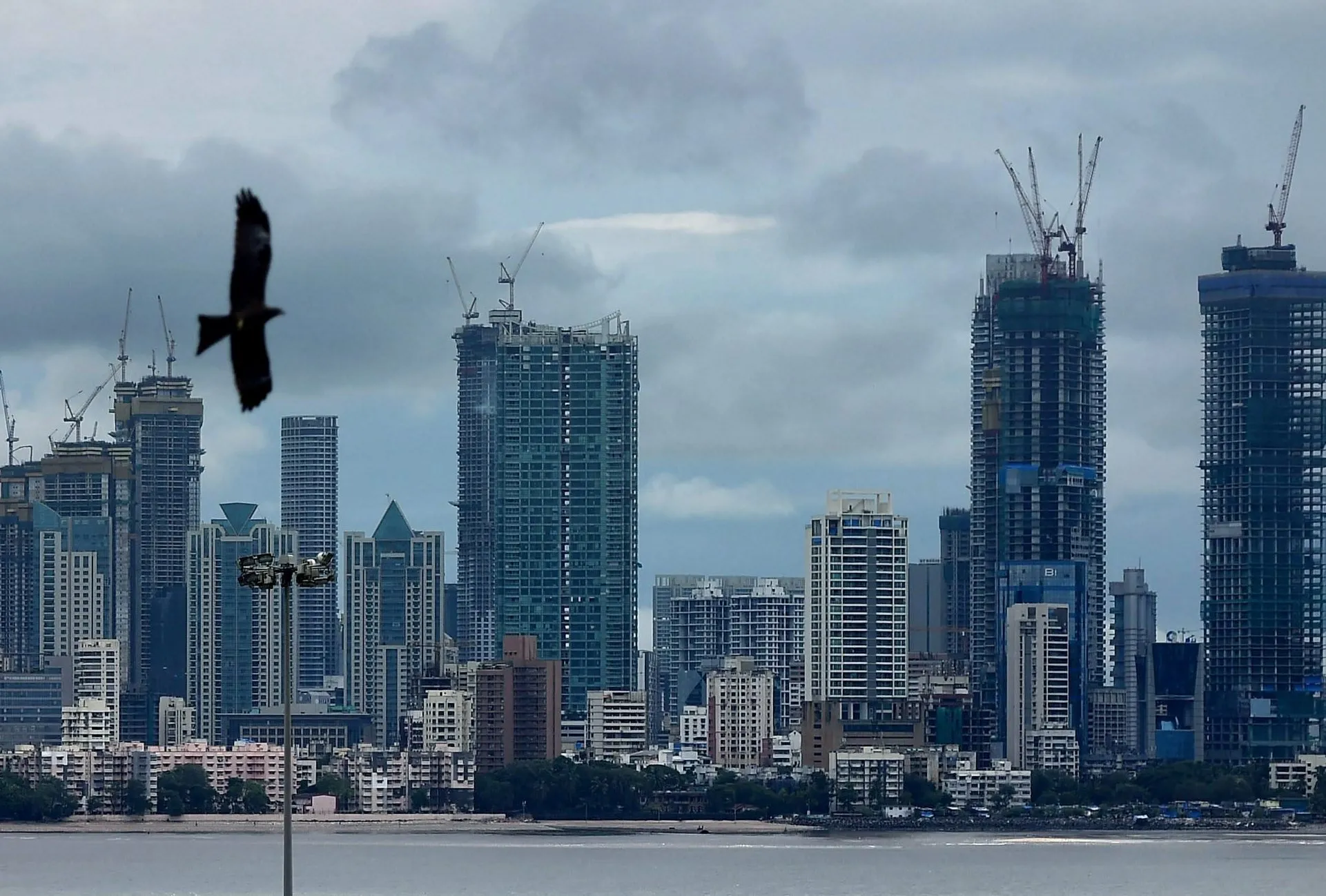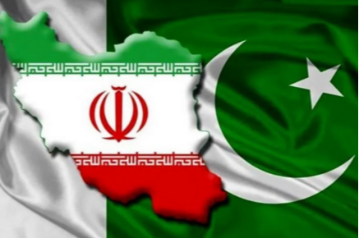
The annual observance of World Population Day on 11 July refreshes our memories both regarding mankind’s achievements and the challenges ahead for it. There is no doubt whatsoever that those that are born today survive better and
live longer than ever before, thanks to improved medicines and superior healthcare. However, humankind confronts mixed existential signals, with the world population reaching
8 billion, the largest number ever. Some fear, and not without reason, that the world is overcrowded and the earth’s resources are being stretched much beyond anyone’s comfort. On the other hand, there are countries where
birth rates are falling alarmingly, and
populations are ageing unsustainably, raising concerns about an uncertain future. To complicate matters, we have the spectre of climate change, the resultant floods, heat waves, and climate extremes, continuing conflicts and the threat of pandemics that raise the dread of a worsening future.
Alongside, the world is getting increasingly urbanised, with great disparities in the pace and intensity of urbanisation across countries. The developed world or the high-income countries are at the end of the urban journey, having already
substantially urbanised—about 80 percent or more; the middle-income countries are in the middle and moving towards greater urbanisation—50 percent and beyond. However, the developing countries, around one-third urbanised, are generally experiencing greater urbanisation at varied speeds. Demographic statistics indicate that
two-thirds of the world’s population will reside in cities by 2050. Consequently, the quality of life in cities will overwhelmingly determine the future human quality of life. While efforts to prevent unwanted births would continue, overall human attention must be riveted towards providing quality life to the living. As the UN
Secretary-General stated, “Reaching a global population of eight billion is a numerical landmark, but our focus must always be on people”.
World Population Day reminds India that all the above-cited concerns also apply here. India has crossed the
1.4 billion mark to become the most populous country in the world, overtaking China; this number is still swelling. Besides, climate change threat that is ravaging human settlements in the country. And we have just overcome the COVID-19 pandemic and paid a heavy price in terms of lives and the economy. Despite these setbacks, India has become an economic powerhouse in an economically depressing global scenario. At the forefront of India’s ongoing economic performance are India’s cities. With around
6 percent of the national geography and a little more than one-third population, cities generate around two-thirds of the
nation’s economy. It is evident that India will continue to urbanise for several decades.
There are two essential questions for India on World Population Day 2023—how fast will India urbanise, and how will Indian cities provide a decent quality of life for their citizens?
In such a scenario, there are two essential questions for India on World Population Day 2023—how fast will India urbanise, and how will Indian cities provide a decent quality of life for their citizens? Both the questions have innate interlinkages—urbanisation catalyses the economy, fosters greater economic productivity, and puts more money in the hands of the people. If backed by good city infrastructure and services, the citizens can live a better life and be more productive.
However, India’s speed of urbanisation has been decidedly slow, clocking an average of around
2.3 percent per decade since 1951. An earlier ORF article demonstrated that the
natural increase of population within existing cities as well as reclassification and mergers are not likely to quicken the urbanisation speed. Internal city multiplication, reclassification of settlements and mergers of urbanised rural areas into cities move at their own pace and are not really amenable to catalysts. It is primarily the rural-to-urban migration that possesses the potential to hasten the speed of urbanisation.
However, this stands impeded today because of an ‘urban destination deficit’—the lack of multiple cities spread over the country with robust economies and capacities to generate employment, offering viable migration destinations. Therefore, the government must look at ways in which rural-to-urban migration could happen at an accelerated pace. India’s urbanisation could gather pace if it has at least 500 cities with large economic profiles generating ample employment opportunities, thereby, attracting rural people to migrate to those cities in search of better lives and livelihoods. This will require investments in infrastructure and incentivising industries to set a base in those 500 cities.
A limited number of megacities and metropolitan cities have carried almost the entire migration burden.
A limited number of megacities and metropolitan cities have carried almost the entire migration burden. These cities have also cornered the bulk of government and private investment to become thriving urban economies. However, their demographic densities are unsustainable, severely straining infrastructure and services. Perpetual demographic growth has spelt disaster for them, particularly in Mumbai, Delhi, and Bengaluru, the three jewels in India’s economic crown. A conscious attempt to build many more such city economies through extensive and broad-based investments could have avoided this situation.
In the 1970s, the Government of India attempted to develop small and medium towns through its Integrated Development of Small and Medium Towns (IDSMT) scheme. The thinking behind the programme was sound. It postulated that a city’s economic efficiency declined beyond a population level, suggesting that further governmental and private investments should shift to other locations. Such redistribution of investment would also support healthy national characteristics such as population distribution and the spread of developmental goals, as suggested by the National Commission on Urbanisation (1988). However, the IDSMT was a feeble attempt with limited financial outlay. It did not have the strength to make an impression on a country as large as India. Subsequently, the scheme was wound up instead of strengthening the programme and pouring resources into it. The country today needs a better and updated version of IDSMT with a similar vision of decentralised urbanisation as the earlier one but a much larger outlay and vigorous and tight implementation time frame.
The absence of such a national programme and poor state partnership will damage India’s urbanisation and its most significant cities. The lack of new urban destinations will slow down India’s urbanisation, as evidenced in the past. At the same time, megacities will continue to unsustainably densify beyond their carrying capacities, leading to infrastructure inadequacies and failures and worsening liveability quotients. The megacities will generate more wealth, though with compromised productivity, but offer greater misery to the citizens. Accommodating every incoming individual into a city means carving out space for their multiple requirements—housing, workplace, recreation, education, healthcare, water, sanitation, and waste disposal. All this comes at the cost of the city’s environmental sustainability. Let World Population Day be a conscious reminder that India must offer a better future for its citizens by investing in decentralised urbanisation.
Ramanath Jha is Distinguished Fellow at Observer Research Foundation
The views expressed above belong to the author(s). ORF research and analyses now available on Telegram! Click here to access our curated content — blogs, longforms and interviews.



 The annual observance of World Population Day on 11 July refreshes our memories both regarding mankind’s achievements and the challenges ahead for it. There is no doubt whatsoever that those that are born today survive better and
The annual observance of World Population Day on 11 July refreshes our memories both regarding mankind’s achievements and the challenges ahead for it. There is no doubt whatsoever that those that are born today survive better and  PREV
PREV


